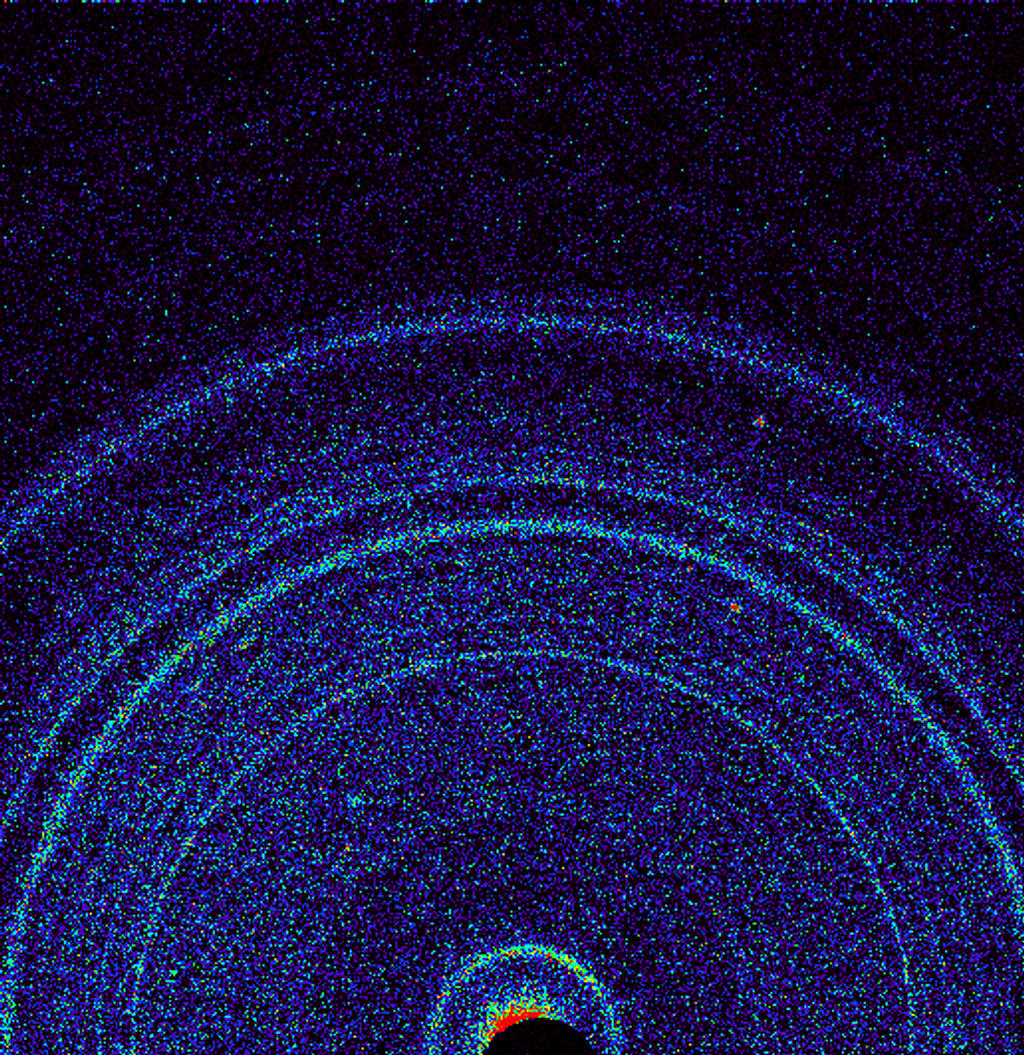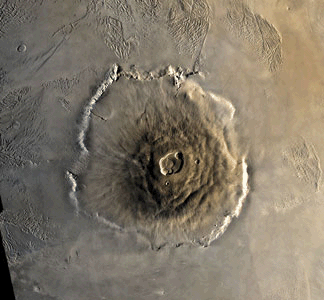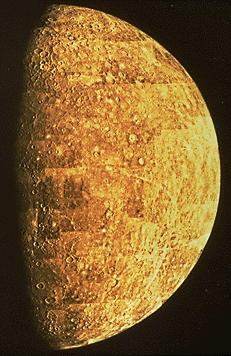Mars “Tastes Like”…… Hawaii
Thursday, November 1st, 2012November 1, 2012
The first analysis of Martian soil by the rover Curiosity has revealed minerals remarkably similar to those found near volcanoes in Hawaii. NASA scientists reported that the soil contained significant amounts of feldspar, pyroxene, and olivine, minerals typically associated with volcanic eruptions on Earth.
The analysis was the first by the rover’s Chemistry and Mineralogy Instrument (CheMin), one of 10 sophisticated scientific instruments aboard Curiosity, the most advanced robotic laboratory ever sent to another planet. Mineral analysis is vital to the rover’s mission, determining whether Mars is, or ever has been, capable of supporting microbial life.

A graph based on an analysis of a soil sample from Mars reveals minerals commonly found in volcanoes in Hawaii. (NASA/JPL-Caltech/Ames)
Curiosity picked up the soil from a site named Rocknest. A sieve in CheMin filtered out all particles larger than 0.006 inch (150 micrometers), about the width of a human hair. The remaining particles were bombarded with X rays to determine their particular internal structure. According to NASA scientists, the minerals are much younger than the water-worn pebbles photographed by Curiosity in September. Those pebbles provided direct evidence that a deep, fast-moving stream of water once flowed across Gale Crater, the rover’s landing site. The soil minerals apparently had only a limited exposure to water and date from a “transition time” when the crater was changing from a wet to a dry environment.

Olympus Mons, a shield volcano, on Mars is the largest volcano in the solar system. (NASA)
Mars has some of the largest volcanoes in the solar system. The highest peak in the solar system is the Martian mountain Olympus Mons (Latin for Mount Olympus). It rises about 16 miles (25 kilometers) above the surrounding plain to a height about three times that of Mount Everest, the highest point on Earth. Olympus Mons, which is more than 370 miles (600 kilometers) in diameter, is a shield volcano, like the volcanoes on Hawaii. Shield volcanoes have slopes that rise gradually. They form from eruptions of lava that can flow for long distances before becoming solid.
Additional World Book articles:
- Hawaii Volcanoes National Park
- Mars Exploration Rover Mission
- Mars Pathfinder
- Phoenix (spacecraft)
- Space exploration (Probes to Mars)
- The Search for Water on Mars (a Special Report)
X-ray diffraction, commonly used on Earth
Determines minerals’ internal structure by recording how their crystals interact with X rays




